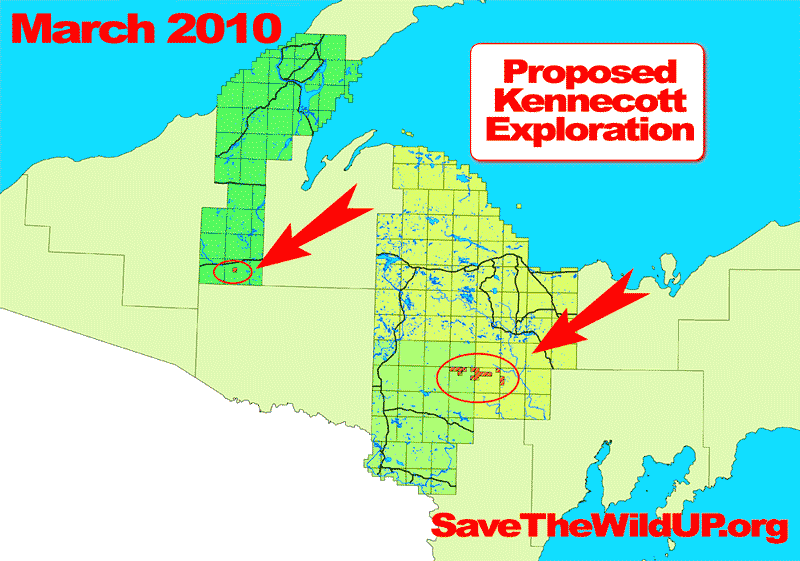TORONTO — From Tuesday’s Globe and Mail Published on Tuesday, Dec. 15, 2009
The Ontario government is signaling that the province’s far north is open to business with the settlement of a lawsuit pitting a tiny exploration company against a native band.
The government announced yesterday that it will pay Platinex Inc. $5-million to surrender its exploration claims near Big Trout Lake in Northern Ontario. Platinex has also agreed to drop its lawsuit against the province and Kitchenuhmaykoosib Inninuwug First Nation, a fly-in community 600 kilometres north of Thunder Bay that vowed to stop the company from drilling for platinum on its traditional lands.
The settlement comes just as pressure is growing to open up the northern wilderness. Fast-growing, emerging countries such as China and India are helping to drive up commodity prices, and that has led to unprecedented exploration in Ontario. The number of exploration claims in the Ring of Fire, a mining exploration area in the James Bay Lowlands of Northern Ontario, has more than doubled to 8,200 over the past two years.
The settlement lifts the uncertainty that has hung over those proposals.
“There’s no question that finding a resolution to this very, very difficult situation brings closure to a chapter that certainly in the history of the province is a relief for almost everyone,” Michael Gravelle, Minister of Northern Development, Mines and Forestry, said in an interview yesterday.
Anna Baggio, director of conservation land-use planning with Wildlands League, an environmental group working with the community known as KI, said she is relieved at the settlement, but has mixed feelings about the money Platinex will receive.
“Nobody likes to see bad behaviour rewarded,” she said yesterday.
KI chief Donny Morris and five other residents were sentenced to six months in jail last year for disobeying a court order to allow the Toronto-based company to explore on their territory. After they served almost 10 weeks, the Ontario Court of Appeal ruled in May, 2008, that the sentences were too harsh and reduced them to time served.
Christopher Reid, a lawyer representing KI, said the dispute could have been avoided if the government had negotiated a land-use plan with the community.
“KI never wanted taxpayers to have to pick up the tab for this,” he said.
The province has since reformed the province’s mining rules, but the portion that would introduce a new mechanism for addressing disputes has not yet been proclaimed into law.
Ms. Baggio said the rapid increase in mining activity is turning the boreal forest into a “wild west free for all,” where exploration is taking precedence over protecting a region that has remained virtually undisturbed by human activity since the glaciers retreated.
While the Ontario government has declared a huge swath of land in the boreal forest off limits to industrial development, it has not yet drawn the boundaries for the areas to be protected.
 Recently the DNRE announced a public comment period for leasing over 4000 acres of mineral rights to Kennecott for further exploration. The exploration would take place in Southern Marquette County, Northern Dickinson County, and Southern Houghton County.
Recently the DNRE announced a public comment period for leasing over 4000 acres of mineral rights to Kennecott for further exploration. The exploration would take place in Southern Marquette County, Northern Dickinson County, and Southern Houghton County.

